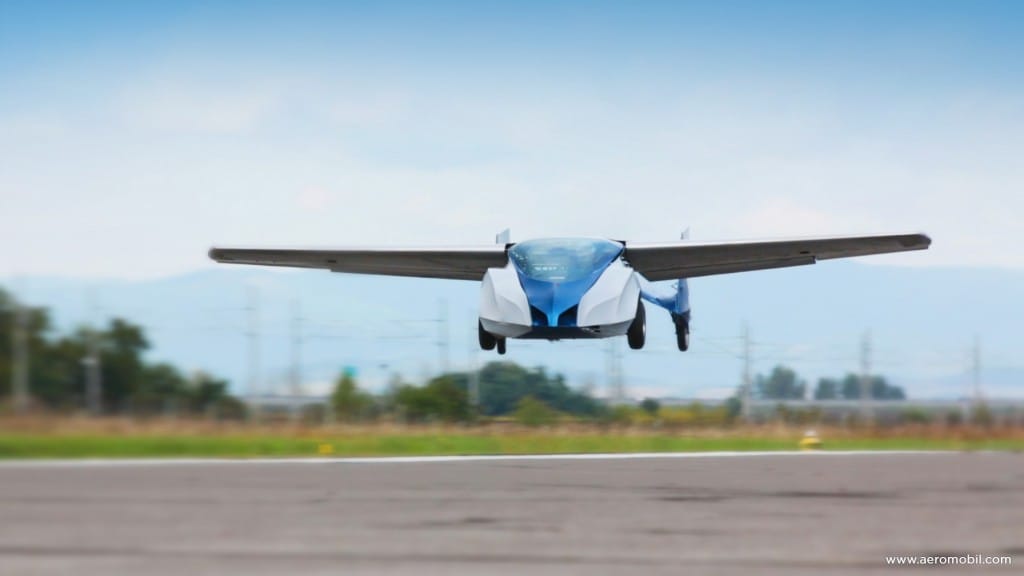From cars that will allow you to sleep behind the wheel to the ones that will keep you hydrated for hours, there will be outrageous revolutions on the road in the coming years. Carmudi, the world’s fastest growing car classified, has zeroed in on five key technologies that will hit the market in the next decade. And these are bound to change the rules of driving across the globe. Take a look:
Autonomous cars
Target group: Lazy drivers
USP: Save your energy and relax whilst travelling
Fitted with cameras, sensors, radar and lasers, self-driven cars will bring a new dimension to drivers’ etiquette on roads. Although Google’s self-driven cars are already in operation, they are still in the decision-making process of whether to manufacture the cars themselves or sell the technology to already well-established car manufacturers.

Flying cars
Target group: Those with cash to splash
USP: Just fly over the traffic jams
The idea is nothing new and it was first seen in 1917. It was the Curtiss Autoplane, a vehicle that hopped rather than flew. These types of vehicles were initially used for emergency services, law enforcement and the super-rich. In terms of a mass produced flying car, we are years off but some companies are working on exactly this with Terrafugia being a leader in this research.

Networked cars
Target group: City dwellers
USP: No need for a driving license
Aimed at those who live in crowded urban areas, it will attempt to solve the problems associated with travelling in these locations. It is a system where one calls a networked car via a smartphone app and the vehicle (pod) arrives at that destination and picks up a maximum of two people. The pod calculates the best route based on real time traffic information. It may sound like an idea too far in the future, but those at General Motors plan to run tests on this system in large cities around the world by 2020.

Cheaper high range electric cars
Target group: Stewards of the earth
USP: No greenhouse gas emissions
Electric cars have long been thought to be the solution to CO2 emissions from gas guzzling motors and yet they’re not so widely used. Why? Simple they’re expensive. The reason behind their high price is the high production cost of Li-ion batteries used to power them. However, professors at the University Wollongong, Australia have had a breakthrough. An element found abundantly in the earth’s crust (germanium) has the ability when incorporated into the battery to increase the energy storage of Li-ion batteries by 5 times. What’s more, improved storage will reduce the price of the batteries.
Fuel Cell Cars
Target group: Those who get dehydrated whilst driving
USP: Produces water as waste
These types of cars are seen as the solution to the environmentally damaging combustion-engined vehicles and expensive electricity-powered cars. These vehicles produce water as a byproduct and are said to be capable of long range driving, according to Samuelsen. However, there is not a high number of charging stations readily available across different locations to make them practical and the large batteries take up trunk space. Modifications are underway to make these things no longer a problem.

However, whilst we’re still in the present, find your perfect vehicle on www.carmudi.com or simply download the Carmudi app to find your car on the go.







